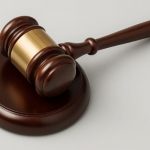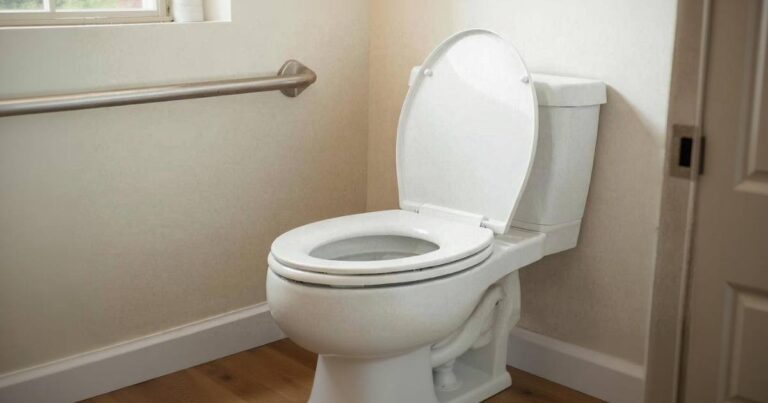
Healthy feet help seniors stay as mobile, balanced, and independent as possible. To reduce the risk of foot problems that could affect overall health, Vive Health shares 8 essential senior foot care tips that help keep your older adult’s feet comfortable and healthy.
Aging feet need extra care
Aging takes a toll on the feet. But with a long caregiving To Do list, out-of-sight tasks like foot care can be easily forgotten.
Over time, feet flatten and become wider. The fatty padding naturally wears down. That leaves the bones and joints of the feet more exposed to wear and tear.
An injury as simple as a bad blister can impair mobility, balance, and overall function in older adults.
Skin breaks, sprains, neuropathy, ingrown toenails, and injuries like fractures could be the first domino to fall and lead to a cascade of health conditions that could seriously affect your older adult’s health and well-being.
To keep aging feet healthy and reduce the risk of health issues indirectly caused by foot problems, use these 8 essential senior foot care tips.
1. Keep feet clean
Depending on whether your older adult bathes on their own or needs help, their feet may only get washed once in a while during the week.
Since good foot hygiene is critical to preventing fungal, viral, and bacterial infections, routine foot cleaning may need to happen outside of the bath or shower.
Making a regular habit of simple foot wipedowns with warm water, soap, and a washcloth will do the trick. And if done at night, it can even promote relaxation prior to sleep.
2. Moisturize feet
Dry skin is more prone to cracking, flaking, and breaking which is why moisturizing is so important for preventing open foot sores, especially for older adults whose skin is drier.
Foot lotions should be applied after feet have been thoroughly washed and dried. That locks in moisture and helps keep skin soft and supple.
Afterwards, cover feet with breathable cotton socks for comfort and warmth.
3. Trim nails
Keeping toenails trimmed is another important element of foot care. If they get overgrown, it can cause pain or interfere with stable walking.
You could trim their nails yourself or find local nail care clinics that specialize in caring for senior feet.
Podiatrists may also offer these types of foot care services. Professional care may be needed for seniors who have health conditions that affect their feet, like diabetes.
If your older adult has dementia and trimming their toenails causes them to experience fear, paranoia, or discomfort, you might try making it a more spa-like experience.
You could try things like soaking and massaging their feet before trimming or putting on their favorite TV show or movie to distract them.
4. Monitor sores
Did you know that a common location for bedsores is on the heels of the feet?
For older adults who spend most of their time in bed or a chair, continuously resting their feet on a surface like a pillow, footstool, or mattress throughout the day can result in pressure and skin irritation that leads to tissue breakdown.
Prevent this type of potentially life-threatening condition by “floating the heels” — propping the ankles up so the feet rest suspended in the air without touching anything.
5. Get properly fitting footwear
The health of your older adult’s feet can largely come down to their footwear.
When was the last time they had their feet measured and sized by a specialist prior to buying shoes?
Wearing shoes that are too small or too big can impact more than comfort levels — they can rub and cause blisters and other foot ailments as well as impair mobility.
In general, seniors should avoid wearing heels higher than 1 inch and find close-toe shoes that are comfortable and support their arch type, foot width, and ankle.
6. Get medical attention when needed
Common foot conditions like bunions, hammer toes, discolored toenails, corns, and calluses may seem harmless.
But if your older adult has any of these, it’s worth getting an evaluation from a podiatrist to prevent harmful developments later, like infections.
A foot expert may recommend simple conservative measures like wearing orthotic aids, like toe separators, bunions pads, and ankle braces.
They might also recommend updating footwear or topically treating any skin or nail conditions.
7. Address pain
Feet are often the first parts of the body to show symptoms related to conditions like arthritis, diabetic neuropathy. They can also be affected by injuries like plantar fasciitis.
If your older adult experiences pain, tingling, numbness, stiffness, or inflammation in their feet or ankles, get them to a doctor or podiatrist for a thorough exam as soon as possible.
Catching early warning signs can help you and your older adult take quick action to prevent medical complications down the line.
8. Promote circulation
Older adults who suffer from chronic illnesses like diabetes, peripheral artery disease, or conditions that limit mobility may experience reduced circulation in their lower legs and feet.
That can contribute to dangerous developments like blood clots.
Circulation in senior feet can be improved with foot massages, elevating the lower legs when resting, and talking with their doctor about prescribing compression hose.
Recommended for you:
- Adaptive Shoes for Seniors Increase Safety and Mobility
- Increase Safety with a Simple At Home Mobility Test: Timed Up and Go
- The Best Way to Improve Senior Mobility: the Sit to Stand Exercise [Video]
Guest contributor: Jessica Hegg is the content manager at ViveHealth.com. Interested in all things related to living healthy lifestyle, she works to share valuable information aimed at overcoming obstacles and improving the quality of life for others.
Image: Family 1st Medical
About the Author
Jessica Hegg is a manager at ViveHealth.com. Ms. Hegg was also a full-time caregiver for her Mom who had Primary Progressive MS and Epilepsy. She is a freelance writer with a passion for cooking and lives in Austin, TX with her Mom and her wonderful husband. You can find her personal blog about caregiving tips, ideas, and solutions at Givea.Care.












